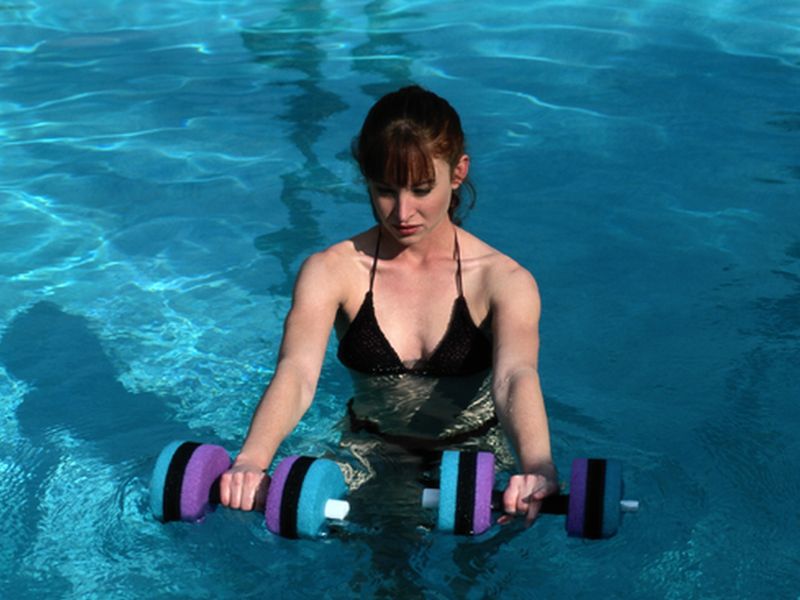Manténgase sano!

- Steven Reinberg
- Posted September 23, 2020
Common Heart Defect Limits Exercise Ability: Study
People born with a hole in their heart may lose 20% or more of their exercise capacity as they age, even if the defect is repaired.
A ventricular septal defect is a hole in the wall separating the heart's pumping chambers. It can be surgically closed or left alone. People born with this defect have poorer exercise ability than healthy people.
A new study suggests that by age 40, people with ventricular septal defects, whether repaired or not, have worse exercise capacity than others, and the difference increases with age.
The findings were published online Sept. 23 in the Journal of the American Heart Association.
"Most congenital heart defect patients are discharged from follow-up care as they reach adulthood, yet many experienced limitations during physical activity," said lead author Dr. Marie Maagaard, of the Department of Cardiothoracic and Vascular Surgery at Aarhus University Hospital in Denmark.
"These results underline the importance of keeping adults with ventricular septal defects in follow-up programs and including exercise tests in the assessment of their potential deteriorating functional capacity," she added in a journal news release.
Functional exercise capacity is what a person's heart will let them do, based upon its ability to deliver sufficient amounts of blood and oxygen.
For the study, the researchers measured exercise capacity among 30 patients with repaired ventricular septal defects and 30 who had small but unrepaired defects. They were compared to a control group of 60 healthy adults.
Compared with healthy adults, exercise capacity was 29% lower for older patients with repaired ventricular septal defects after age 40.
Patients in their mid-20s with repaired ventricular septal defects had 18% less capacity, compared with their healthy counterparts.
Older patients with unrepaired ventricular septal defect had 21% lower capacity; while younger patients with an unrepaired defect had 17% lower capacity than healthy people, the researchers found.
Those with repaired and unrepaired defects had lower exercise capacity at low-intensity exercise levels, detectable at about at 20% of maximal effort, the study found.
More information
For more on ventricular septal defects, head to the American Heart Association.
SOURCE: Journal of the American Heart Association, news release, Sept. 23, 2020

